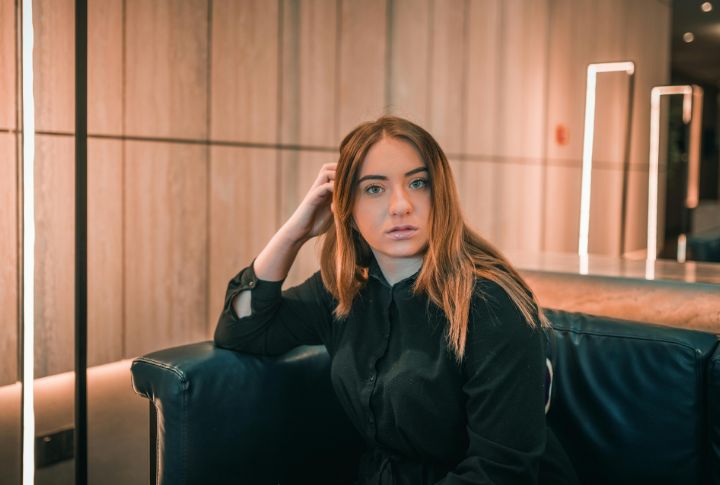
Brows can change the entire look of a face, and that’s why two techniques often spark curiosity: microblading and microshading. Both bring unique results, and both have gained popularity among those seeking longer-lasting brows. The difference comes down to how natural or defined the final look appears. Let’s lay out a clear comparison to help understand how they truly differ.
Microblading Basics
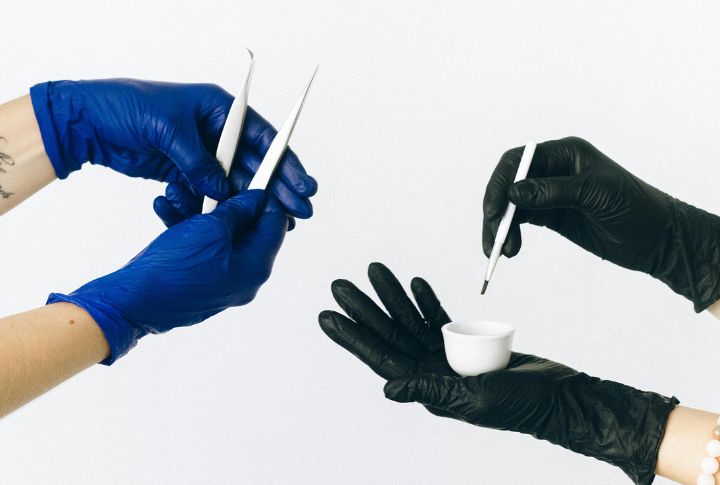
Brows that look fuller without makeup begin with microblading. A tiny handheld tool with fine needles deposits pigment beneath the skin, forming delicate strokes that resemble real hairs. It’s also the choice many make when brows are thin or sparse. However, final results take patience, as healing usually spans four to six weeks.
Microshading Method
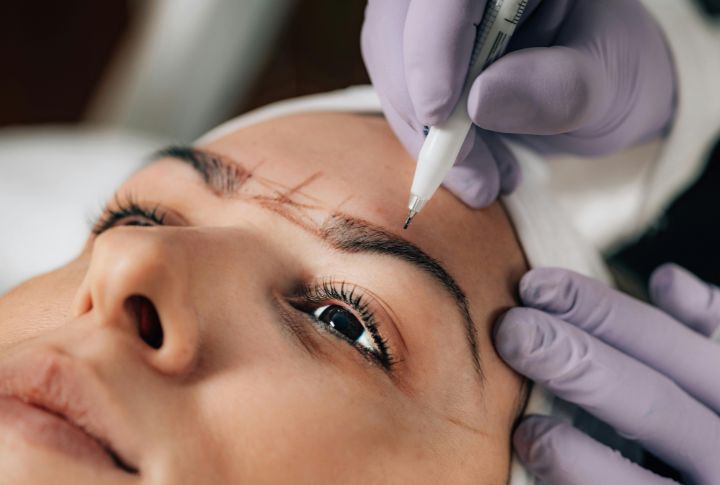
Powdery brows that appear makeup-ready are usually the result of microshading. The technique relies on stippling to give a soft, shaded finish. People with oily or sensitive skin lean toward it because pigment holds more evenly. Also, daily filling isn’t necessary when the effect already looks polished.
Longevity Of Results
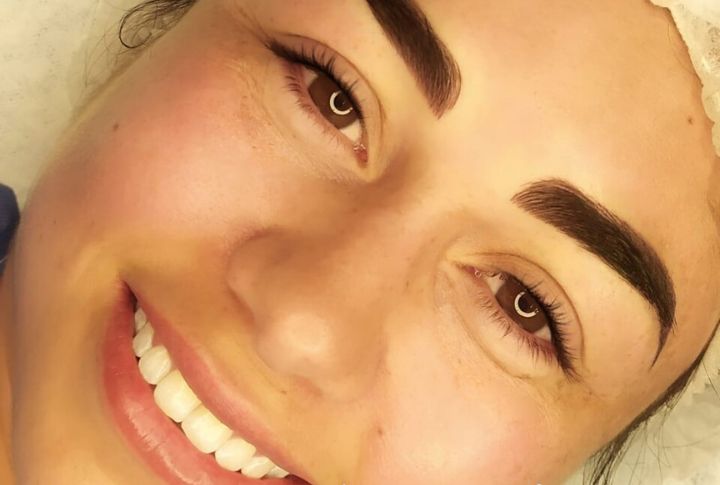
Time plays a big role in deciding between the two treatments. Microblading generally fades after one to two years, while microshading tends to last longer because pigment sits more densely. Neither is permanent, though. Touch-ups refresh the shape, and both sun exposure and skin type influence how well pigment stays put.
Natural Appearance Factor

Microshading sets the stage with a soft, shaded finish that looks like makeup already applied. Microblading, on the other hand, focuses on fine strokes that imitate real hair for a more understated result. Many choose to combine them, finding balance in brows that carry both gentle fullness and natural-looking detail.
Risk And Safety Factors
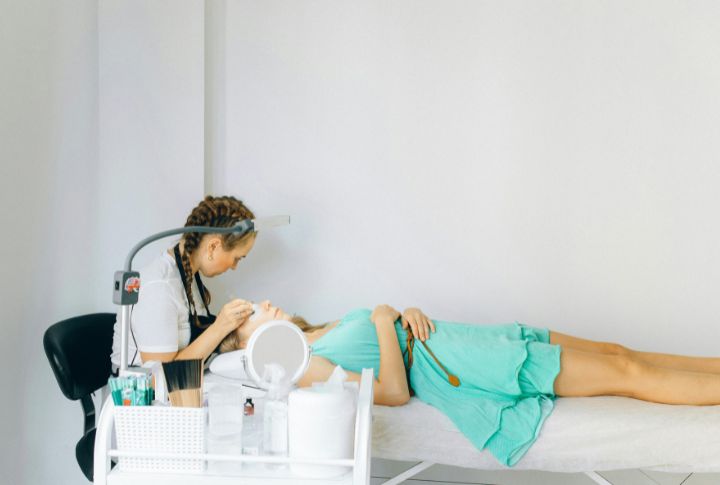
Health and hygiene should always come first. Sterile tools are essential for both procedures since the infection risk rises otherwise. Although pigment allergies are rare, reactions can happen. So, choosing a trained, certified professional reduces complications significantly. Poor application might cause uneven brows or even scarring.
Pain And Discomfort Levels
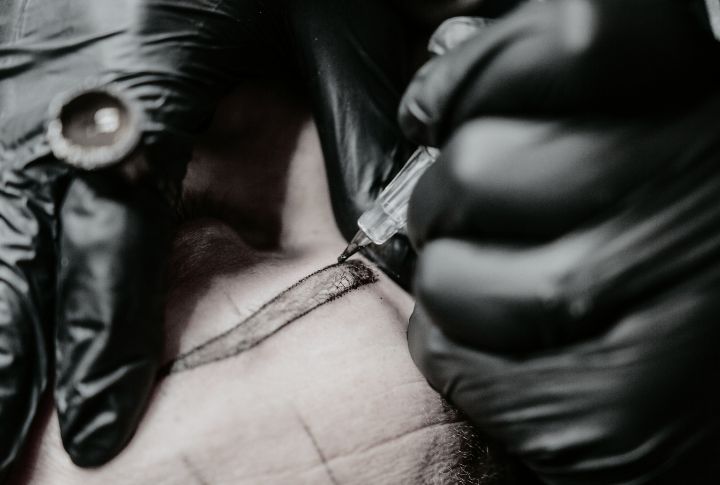
Every client describes the feeling differently. Numbing creams help, but some sensation remains. Microshading often feels like a gentle vibration, while microblading leans toward a scratching effect. Pain tolerance varies widely, and skin sensitivity plays a role, too. Careful aftercare also makes the process more manageable as healing begins.
Healing Process
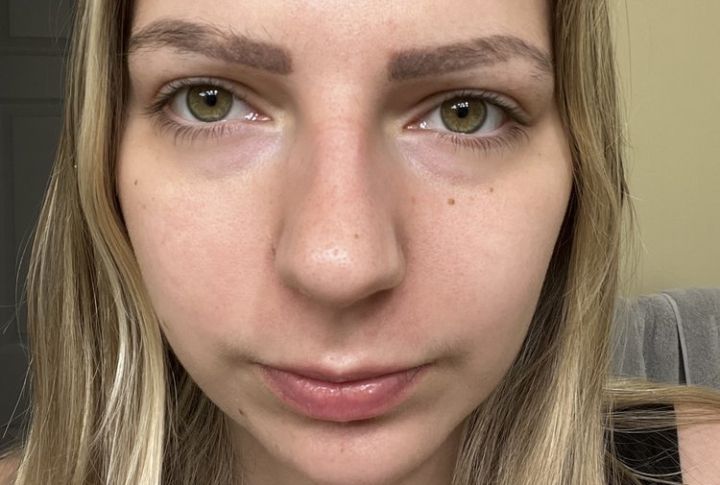
Changes show almost immediately once brows begin to heal. Microblading flakes and leaves small patches before the pigment settles. Microshading, on the other hand, looks darker at first, then softens as peeling happens more subtly. Both treatments, however, require keeping brows dry and makeup-free early on.
Cost Comparison
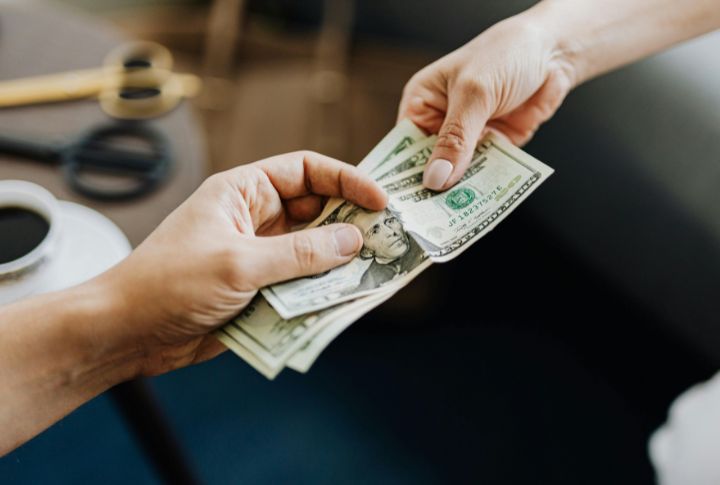
The price tag often raises eyebrows. Microshading uses a rotary tool for quicker coverage, which usually keeps the cost lower. Microblading tends to be higher because every stroke is crafted with needles in detailed precision. Both need artistry, but the gap reflects how meticulous or efficient the method is.
Combination Brows Option
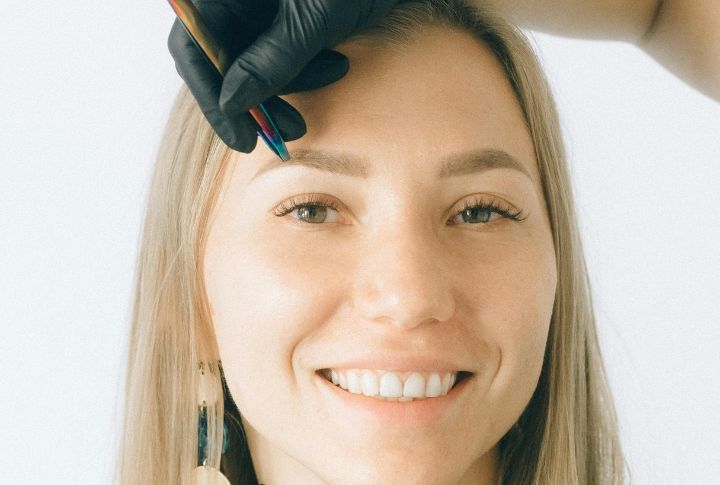
Many settle on a mix of both. Combination brows use microblading for realistic hair strokes and microshading for soft filling. The pairing also adds structure and depth that makes brows look fuller without losing natural texture. Because the style works on many face shapes, it’s praised as universally flattering and adaptable.
Color Customization
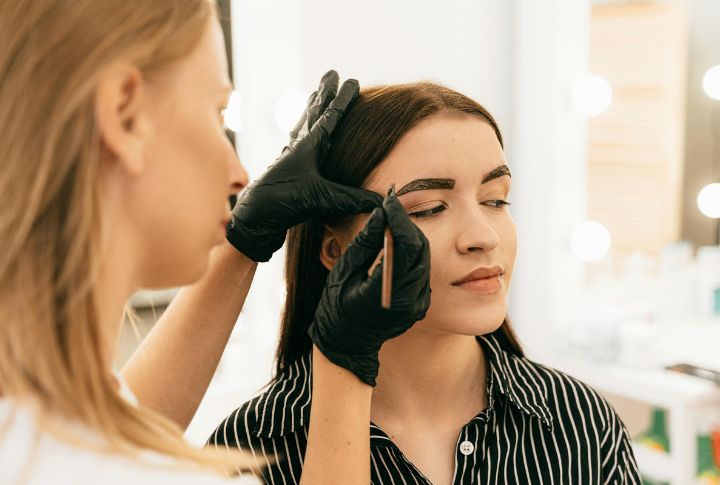
Matching brows to natural features is more precise than many realize. Pigments are mixed to complement skin undertones and hair shades to ensure harmony. Microshading even allows gradient effects, lighter near the front and darker at the tail. Semi-permanent pigments are carefully chosen so that the color fades gracefully instead of shifting unnaturally.
